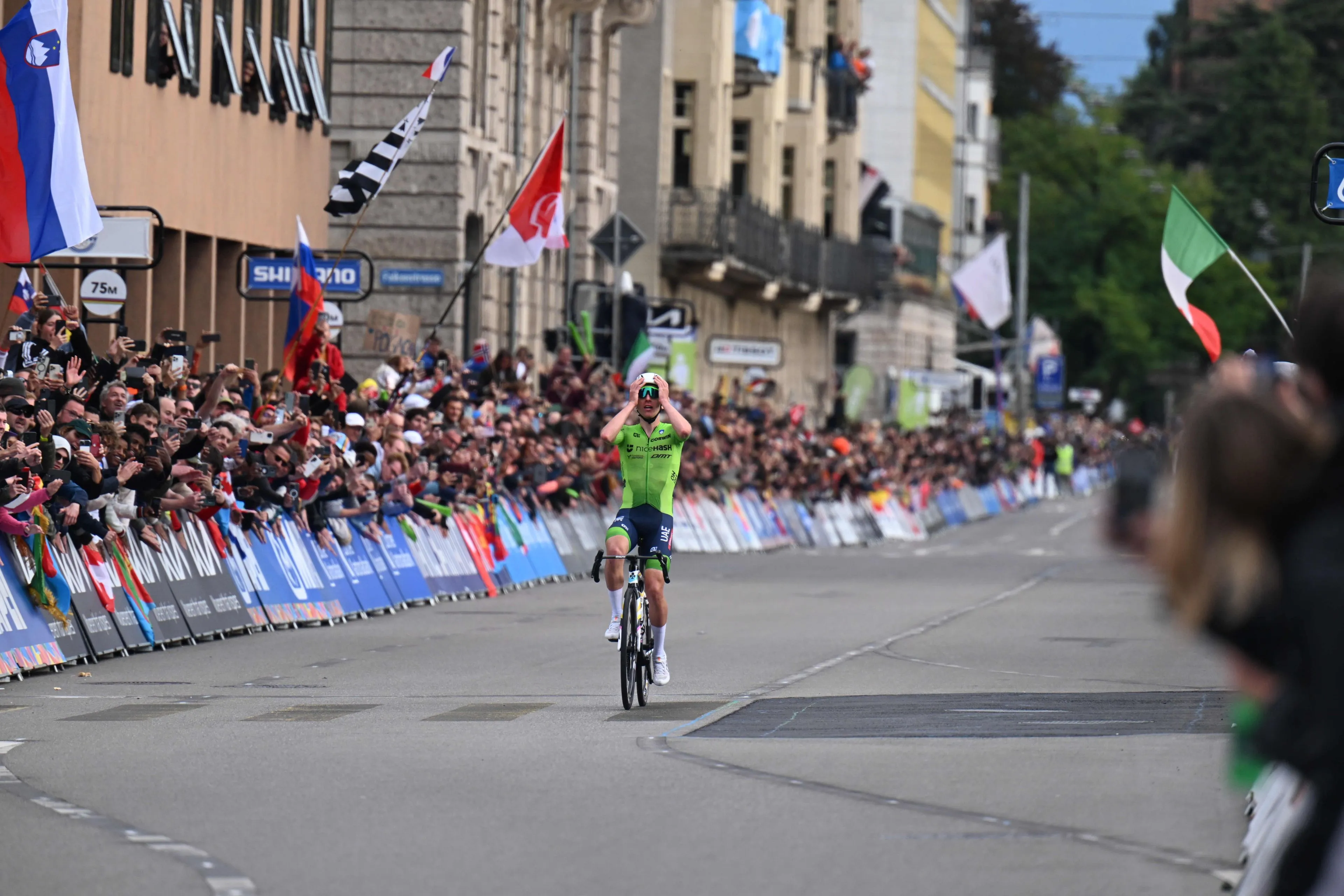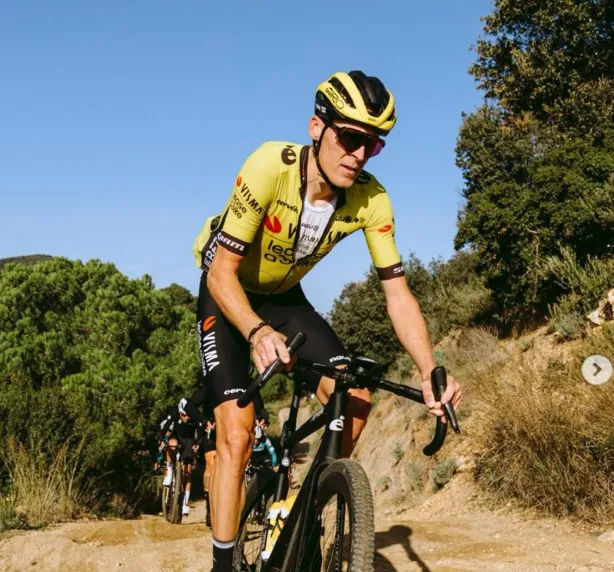Countless wins, deep lows, tears (of joy), and relentless drive — the Mark Cavendish rollercoaster has come to an end
CyclingThursday, 21 November 2024 at 11:41
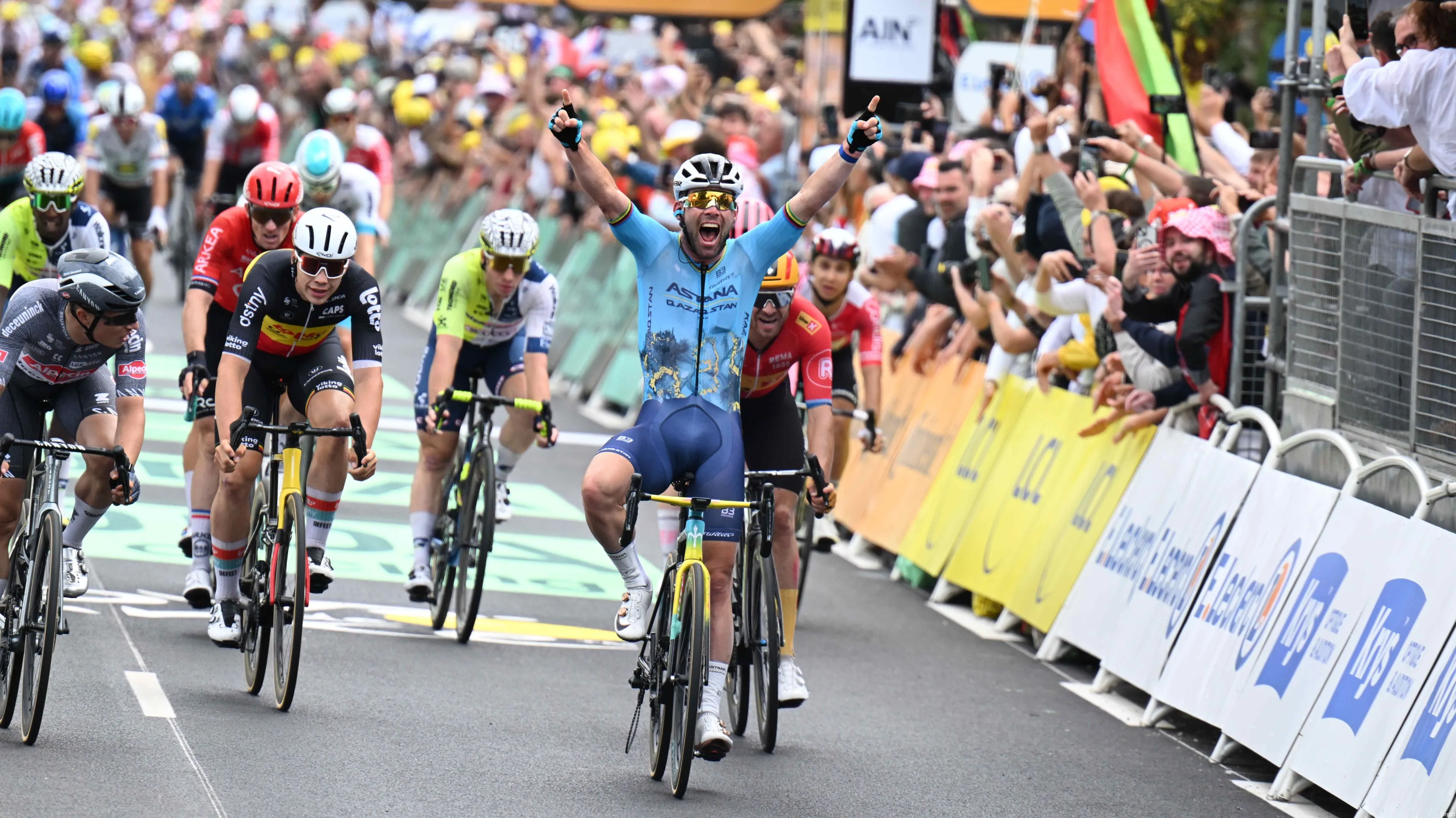
The 2024 cycling season has ended, and with it, so have many illustrious careers. Perhaps the most discussed retirement, for various reasons, is that of Mark Cavendish. The 39-year-old sprinter spent his final years in the peloton with one goal: achieving a 35th stage victory in the Tour de France. He succeeded. Today, we take a detailed look back at his career, defined by highs, lows, drama, and countless victories which he celebrated with arms raised in triumph.
It was evident early on to experts and insiders that Mark Cavendish would become an excellent cyclist. Having spent his youth building a stellar reputation, particularly on the track, Cavendish turned pro in 2005. His first employer was Team Sparkasse in 2005 and 2006. Then, the struggling T-Mobile team came knocking. From 2007 onwards, his string of victories seemed unstoppable.
Columbia and HTC, the most efficient sprint machines ever – Cavendish monopolizes sprints starting in 2008
Cavendish's first major victory symbolizes the pure sprinter he was. In 2007, he defeated the top sprinters at the Scheldeprijs, a flat one-day race in Belgium, leaving Robbie McEwen and many others in his wake. In those years, Cav had one major advantage: most of the top sprinters were aging. Oscar Freire, McEwen and Alessandro Petacchi were all in their thirties. Bad luck kept him from success in the Tour de France in 2007, but 2008 was different. Cavendish, the crown prince of sprinting, was on the verge of a breakthrough.
After another victory at the Scheldeprijs, Cavendish’s star rose dramatically starting in July. While he had already achieved multiple wins in smaller races and two stage victories in the Giro d’Italia earlier that year, the cycling world truly took notice during the Tour de France. There, the 'Manx Missile' won four stages, and the way in which he secured those victories was astonishing. "Yes, 27 bike lengths," exclaimed commentator Maarten Ducrot after yet another win by the then 23-year-old Brit. A dominance in flat stages emerged that hadn’t been seen in France for a long time.
Read more below the photo.

Cavendish at his best in the HTC-Highroad jersey
Between 2009 and 2011, Cavendish secured a staggering sixteen sprint victories, including wins in cities like Montpellier, Châteauroux, Bordeaux, Montargis, Cap Fréhel, Valence, and, of course, three times in Paris. No medium-sized city hosting a flat stage finish in the warm month of July could escape the British storm. During these years, Cavendish was insanely good. He didn’t need to strategize how to win; he simply would win — and often with a significant lead. He was the fastest man on earth by far. Moreover, he proved his versatility, surviving the Poggio climb and claiming victory at Milan-San Remo in 2009.
However, his success didn’t come without a strong sprint train. During those days, his team was frighteningly efficient. At HTC-Columbia and later HTC-Highroad, riders like Tony Martin, future rival André Greipel, Bernhard Eisel, Matthew Goss and, most notably, Mark Renshaw worked tirelessly to set up their sprinter. Cavendish was proud but also grateful. It wasn’t until years later that he seemed to truly appreciate and openly acknowledge the value of a strong team. By the age of 26, Cavendish had already achieved 33 sprint victories in grand tours. The numbers were staggering.
Read more below the video
Cavendish's dominance peaked in 2009, on the Champs-Élysées
The rise of Kittel, Greipel and Sagan exposed Cavendish’s volatility (sometimes painfully so)
The end of 2011 marked both a high point and a turning point in Cavendish’s career. In Copenhagen, he claimed the world championship, beating Greipel and Goss — a perfect crown for the title of 'best sprinter in the world.' Unbeatable, the fastest, the strongest. But starting in 2012, things began to change. Over the next few years (roughly 2012 to 2016), Cavendish’s dominance faded, and sprints became tighter and more competitive than ever.
A major blow was the breakup of the HTC-Highroad team. The legendary sprint powerhouse dissolved, scattering its riders across different squads. Cavendish moved to Team Sky, a logical choice, but the team’s priorities lay elsewhere: winning the Tour de France. For the first time in years, Cavendish wasn’t the main focus. Bradley Wiggins won the Tour that year, while Cavendish managed three stage victories — a noticeable drop from previous seasons, with two of those wins coming in the final weekend. That summer, we saw Cavendish fetching water bottles in mountain stages and doing work on the flats — a sight unthinkable before 2012. With the right sprint train, who knows how many more stages he could have claimed?
Read more below the video
Because during those years, the competition in sprinting widened quickly, and other teams betting on a fast man grew increasingly stronger. Peter Sagan and André Greipel also won three stages each in that same Tour and beat Cavendish multiple times in no uncertain terms, partly thanks to strong sprint trains. In 2013, success was even more limited. Cavendish, now riding for Omega Pharma-Quick-Step, went home with just two wins. And that year, he once again had a strong team supporting him on the flat stages. The magic of the Manx Missile seemed to have faded, and the sprints became a tougher fight. Cavendish also increasingly showed himself to be a poor loser.
For instance, in the final sprint of the 10th stage, he gave Tom Veelers a solid shoulder shove, leading to a dangerous crash in the sprint. Apologizing was not on the agenda shortly afterward. The Brit's behavior irritated more and more people. On the surface, Cavendish was still the tough, dominant sprinter, but deep down, he was struggling to kick the habit of the near-automatic success he had once enjoyed. In 2013, for the first time in four years, he was beaten in Paris, this time by Marcel Kittel. Kittel, as the finisher, symbolized the successful and fresh sprint train of Argos-Shimano. In the Giro, however, Cavendish had no trouble with the emerging fast men. There, he scored eight stage victories over two editions.
The years that followed were unpredictable, showcasing Cavendish in all kinds of forms. 2014 was supposed to be the pinnacle: a Tour start in England, with a finish in his hometown of Harrogate. The pressure proved too much — Cavendish forced his way into a gap that didn’t exist as the sprint approached. Kittel took the yellow jersey, and the islander had to leave the Tour after just one day. 2015 brought no satisfaction either. His single victory paled in comparison to Greipel’s four stage wins — Greipel, once his teammate and lead-out man.
Then, in 2016, came a remarkable resurgence. Four stage wins, and above all, the yellow jersey that Cavendish had dreamed of for years, were the beautiful rewards of an extraordinary comeback. Because whatever you think of Cavendish, perseverance was never something Cav lacked. Between Kittel, Sagan and Greipel, the Brit clawed his way back to the top of the sprinting world. The following year, however, his Tour ended early again, in a way that was almost symbolic. This time, the Manx Missile himself was on the receiving end of a massive shove from Sagan. Boom — Tour over, just like that. And this time, the figurative fall of the sprinting icon was much more serious.
Read more below the photo.
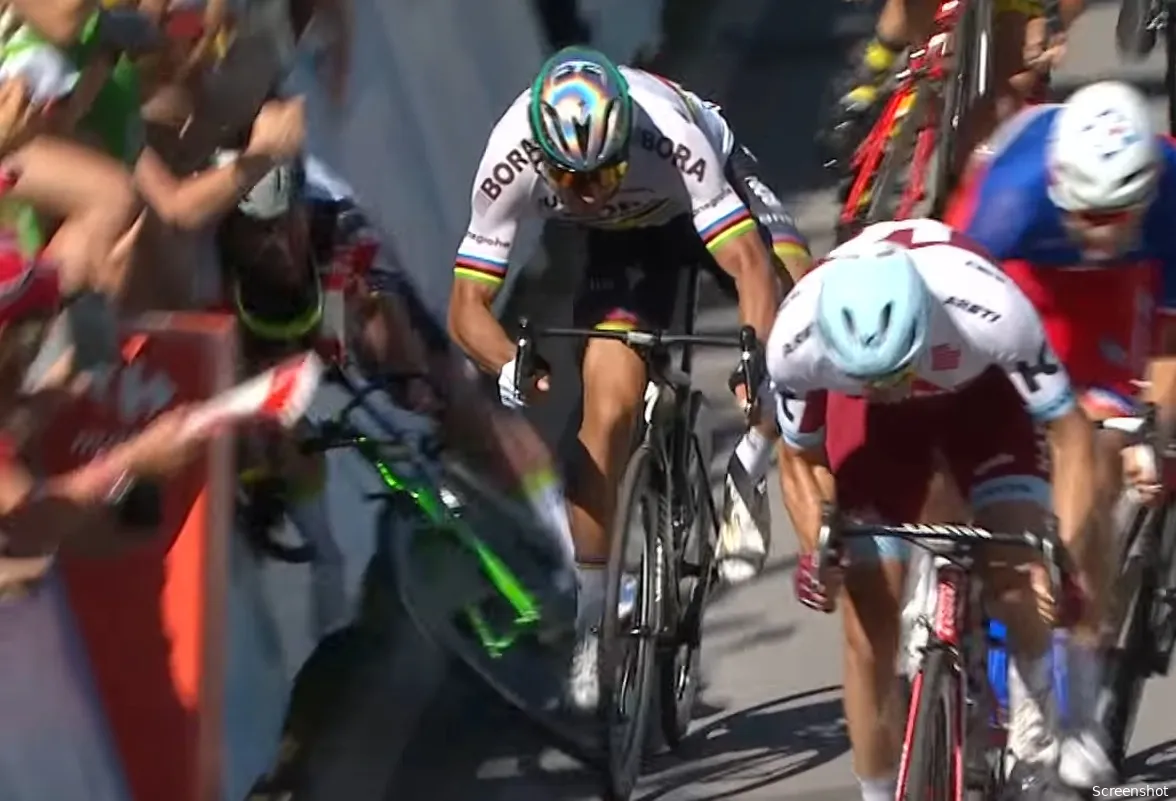
Cavendish mercilessly slammed into the barriers after a shove from Peter Sagan
Falling, rising and ultimately achieving the record he had eyed for so long in 2024
For one of the stars of his cycling generation, Cavendish faced an unprecedented low. Sagan’s shove didn’t just push him into the barriers literally — it also symbolically knocked him off course. In 2018, the Brit managed just one victory, followed by a pitch-black period in his career. His team, Dimension Data, which had celebrated him as a proud Tour winner in 2016, pushed him toward the exit. Bahrain McLaren picked him up, gave him opportunities, but it wasn’t enough. Between 2018 and 2021, Cavendish didn’t compete in a single grand tour. His seasons were filled with unfinished races and, above all, emptiness. Cav became depressed, even hinting during the autumn edition of Gent-Wevelgem in 2020 — the COVID year — that he might retire from cycling altogether. It seemed like a passing comment at the time, but the Netflix documentary Never Enough later revealed just how low Cavendish had felt during that time.
The documentary paints a harrowing portrait of a man sinking further and further, both physically and mentally, due to various setbacks and signals that he might no longer have what it takes. This from a man who had always been defined by one thing: winning. The winter leading into 2021 was marked by simplicity. Cavendish spent much of his time with his children, cherishing the time at home, far from hopeless racing attempts and rainy training sessions. Peace began to settle in. Then, another opportunity comes his way — from his old acquaintance Patrick Lefevere. It came with a modest salary, but it turned out to be a stroke of genius. Cavendish secured his first victory in over three years at the Tour of Turkey. That win shone even brighter because Fabio Jakobsen, returning from a horrific crash, was the one setting up the lead-out.
Read more below the photo.
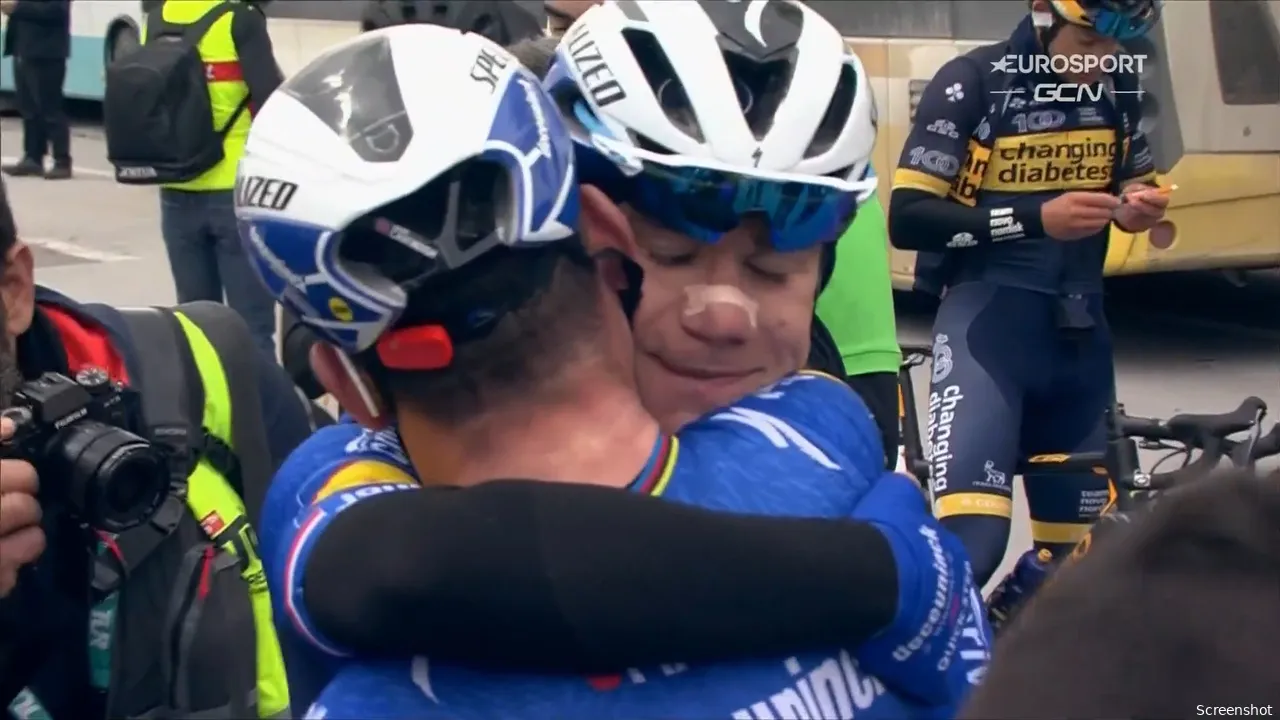
The final chapter of Cavendish’s career began in Turkey
Rarely has a victory been as symbolic as that one. Cavendish jumped aboard the feel-good train and later secured a Tour de France spot with a win at the Tour of Belgium. What followed was nearly unbelievable: a revival of his glory days. Fougères, Valence, Châteauroux, Carcassonne — Cavendish’s speed in the 2021 Tour de France made it seem as though time had stood still. To top it all off, he donned the green points jersey on the Champs-Élysées. It was the ultimate proof: Cavendish could still be the fastest — not just fast, but the fastest. Just like in the old days.
More than ever, these victories carried a much softer tone compared to his peak years. Cavendish openly shed tears when speaking about his teammates, seemed finally aware of how extraordinary his successes were, and rode through France with a smile. The Tour, his domain, was once again his. At 36, he was celebrated — not just for being the best but for showing that the title could coexist with the kind and humble person that had been hidden behind the brash exterior of his earlier years. Cavendish had, in a way, undergone a renaissance. And the Tour record still beckoned: his total tally now stood at 34 stage wins, holding the record together with Eddy Merckx.
His two stage victories in the Giro d’Italia in 2022 and 2023 were a treat, but his farewell had to be, without question, his 35th win in the Tour de France. In 2022, he wasn’t selected for the Tour, prompting a desperate search for a new team, which led him to Astana. His first attempt with them in 2023 fell short, and Cavendish postponed his retirement yet again. It had to happen. And it did. With perseverance as his magic word, he achieved the long-awaited goal. Stage 5 of the 2024 Tour de France elevated the nearly 40-year-old athlete to legendary status. In Saint-Vulbas, he claimed his record-breaking win, crossing the finish line a bike length ahead of the competition, just like the old days. Everyone was cheering for him. For the rest of that Tour, Cavendish rode around with a big smile. All those successful, absurd years had brought him to a peaceful farewell sixteen seasons later. The roller coaster could now slow to a halt.
Read more below the video.
<i>Cavendish's record win</i>
Dizzying numbers: this is everything Mark Cavendish won during his career
Cavendish always focused most of his attention on the month of July. But his total number of victories in grand tours, including wins in the Vuelta and Giro, amounts to 54 (!). And his overall tally is even more astonishing. Multiple victories in the Scheldeprijs, Kuurne-Brussels-Kuurne, Milan-San Remo, and the World Championships. Four wins in Tirreno-Adriatico, three in Catalonia, three in Romandie, ten in California, ten in Great Britain, and three in Switzerland. Victories in Dubai, Qatar, Turkey, Denmark, Spain, Croatia, Belgium, Hungary, Colombia, Algarve, and countless places in France. Cavendish won everywhere, 165 times in total. The peloton is saying goodbye to an unrelenting victory machine, one who remained prolific from age 22 to 39.
Mark Cavendish was a rider who couldn’t be summed up easily — not in terms of his successes, nor his character. Exceptional and unbeatable in his prime. Incredibly irritating and dramatic when things didn’t go his way. A grateful leader, shedding tears of joy when victories became rarer. A stubborn competitor who could show himself as a poor loser and, at times, even as an unsportsmanlike 'alpha' on the sprint throne. But above all, he is, from a sporting perspective, the greatest sprinter of all time, the man who could expertly guide his sprint train to the finish line.
For years, Cavendish set the standard for sprinting, and when others approached or even surpassed that standard, he continued to fight his way back to the top. Until he, once again and again, became the benchmark. That extraordinary perseverance ultimately led to that unforgettable record-setting afternoon in Saint-Vulbas — yet another mid-sized French town that marked the end of a flat Tour stage. Just one of so many such afternoons, 35 in total.
Mark Cavendish is forever cycling history.
Read also
IDL-productions

Course and results Tour of the Alps 2025 | Arensman has to go all out to defend his leader’s jersey in the final stage

Tadej Pogacar worried about teammate before and during Flèche Wallonne: "Then I heard he had crashed…"

Preview Tour of Turkey 2025 | Several favorites from the Low Countries and riders preparing for the Giro
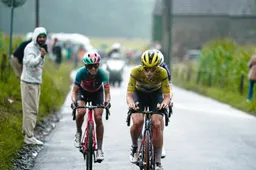
Preview Liege-Bastogne-Liege 2025 - women | Maybe a Tour de France Femmes 2024 rematch?
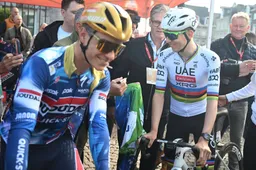
Preview Liège-Bastogne-Liège 2025 | Pogacar and Evenepoel as top favorites in last spring classic
Latest Cycling News

Tour of the Alps 2025 stage 5 favorites | Arensman braces for brutal 12 percent showdown with Storer

Visma | Lease a Bike secures key partner for at least the next three seasons

Course and results Tour of the Alps 2025 | Arensman has to go all out to defend his leader’s jersey in the final stage

Dutch analyst Zonneveld criticizes Evenepoel and Soudal: “If that was the plan, it was just naive and stupid"

Tadej Pogacar worried about teammate before and during Flèche Wallonne: "Then I heard he had crashed…"
Popular Cycling News

Johan Bruyneel: "We are seeing these phenomenal riders, and I have said it a few times, I think they are their own worst enemy"

Tadej Pogacar worried about teammate before and during Flèche Wallonne: "Then I heard he had crashed…"

'Frustrating day’ for Soudal Quick-Step as Evenepoel admits: "I didn’t have the explosivity to fight for the win today"

A Grand Slam for van der Poel? Father Adrie is optimistic, but knows: "Organizers keep making their races tougher"

Shivering from the cold, Pidcock builds confidence ahead of Liège with podium finish in Flèche Wallonne: "Everyone always says it's a race that suits me"
Latest Comments
- Such negative comments that are truly inappropriate and actually ridiculous. He sounds like an old man, bitter that he can't race anymore. Why can't he just be gracious? Or just shut up. Instead of howling for attention, in such a rude manner. Must be Dementia creeping in. We are all living in the Now. Records are there, and some are being broken, some are unapproachable. If he doesn't like it, and it makes him sick, maybe he ought start watching some other sport. Don't want the old mans health to be upset.
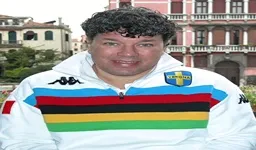 reemmo031-03-2025
reemmo031-03-2025 - Roger De Vlaeminck inspires me to create a new beer: "Bitter Old Twat Belgian".JackInhof31-03-2025
- Shoot, I'll ride it for 1/10 of what his pay for that day is😅Veganpotter30-03-2025
- What is this? The Lance Armstrong daily cheaters channel? I could care less about Johan and Lance the seven times cheater. Greg Lemond was right all along, Why don't you write about that instead of these two knuckleheads.velodrone28-03-2025
- Are we all doomed to hear from Lance Armstrong and Johan bruneel until the end of time? It's not enough the stain they left on cycling? Do we have to see that shadow forever?bigyakman26-03-2025
- I am not sure if it is the hardest to win. In Flanders and Roubaix well before the finish the Peleton will be decimated and the race will normally be won by the best rider of the day or maybe 2nd or 3rd in case of a mechanical or unlucky break especially in case of Roubaix. In San Remo just before the finish there will still be several riders in contention and they are hard to ditch. For the best riders it is a race hard to win since it is not so selective. But if you are not a top 5 rider but still a top 10 rider this race is your best change to win. You will see more Milan San remo Winners with only 1 monument win than any other monumentsJoostmehrtens19-03-2025
- "fap fap fap oh Lance oh oh OHHHHHHH" again. Does he pay you to dredge up people with nice things to say about him? He was an giant a$$hole to people. It is a fact. Whatever his contrition about the doping, he is unapologetic about being a giant a$$hole to people. (Why yes, I do only login to complain. *I* am however only a giant a$$hole to people who laud giant a$$holes.)ericjensenridesbikes25-02-2025
- Remco is still very young. And injuries can absolutely keep you from overdoing it and getting worse. The recent Remco accident didn't keep him from being able to ride a recumbent inside. Wout's knee is a different story thoughVeganpotter23-01-2025
- Van der Poel style is winning by a half a lap and leading the race from the end of the second lap.
 Barnes127420-01-2025
Barnes127420-01-2025 - If she thinks talent alone will put her there she will not see many podium finishes much less a GC finish.....work as a team utilizing tactics to consistently be at the top.Germanrazor10-01-2025
